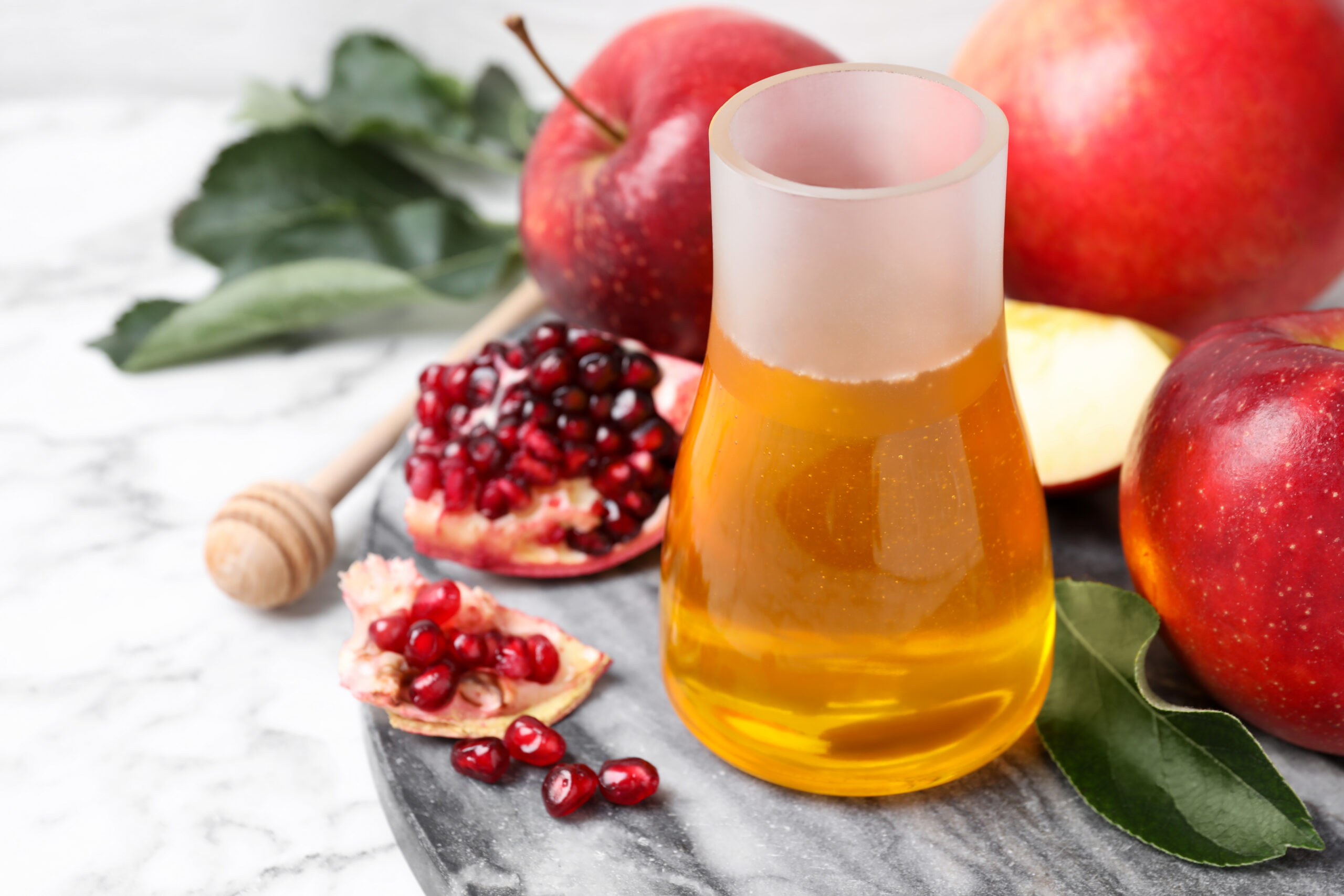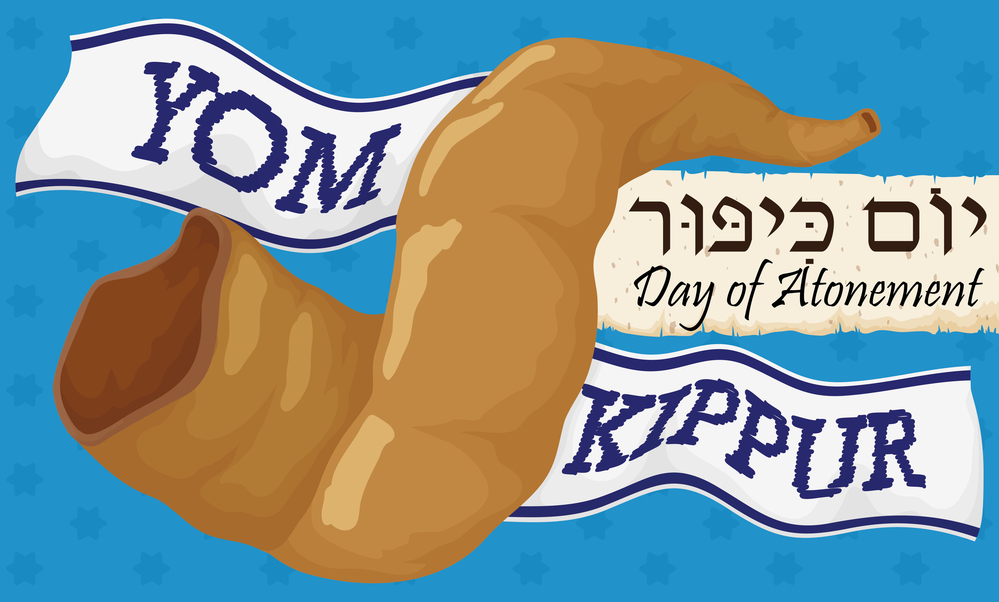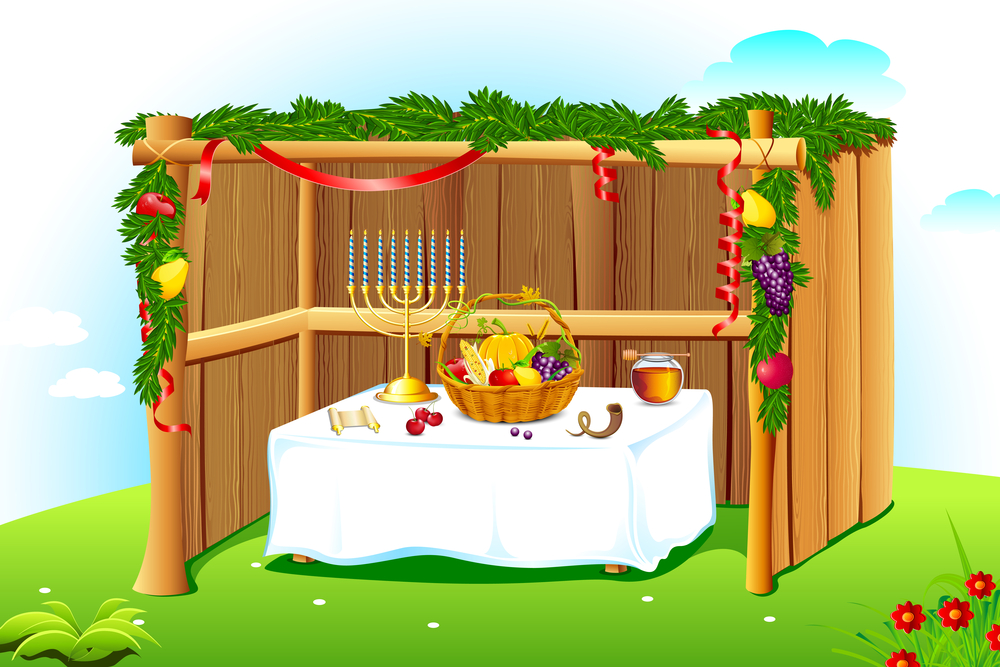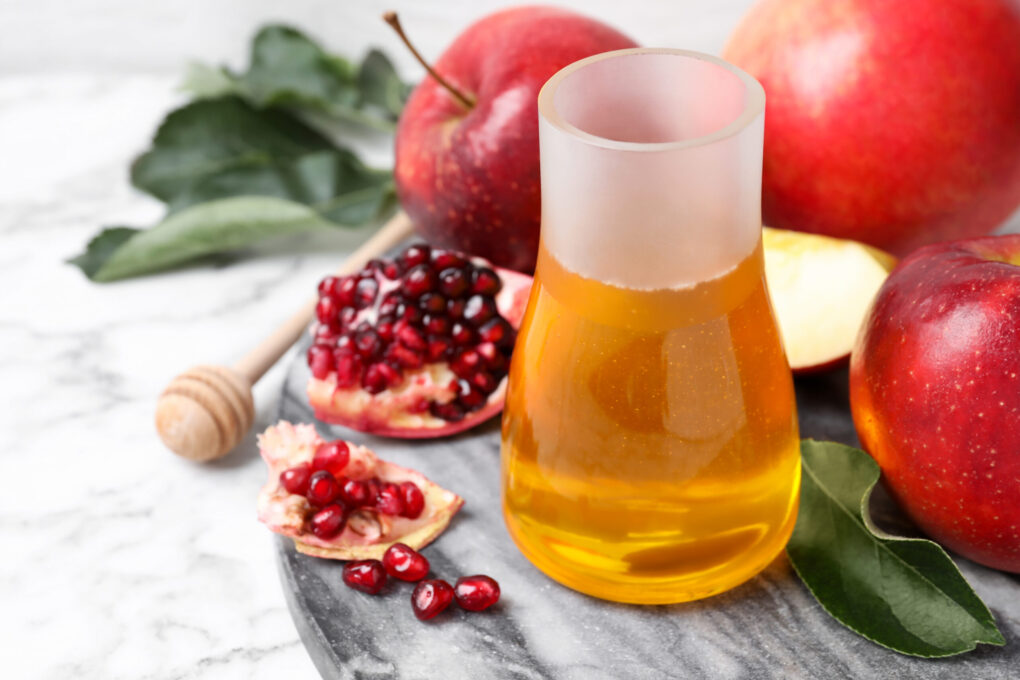The High Holy Days
In Leviticus 23, we read about God’s command to the Israelites to come together for sacred assemblies at appointed times throughout the year. These times are called moadim in Hebrew. God emphasises these, calling them my moadim – my appointed times. These holidays or feasts are:
- Weekly sabbath (Shabbat) – the regular seventh day of rest
- Spring holidays – Passover (Pesach), Feast of Unleavened Bread (Matzot), Feast of Firstfruits (Pikkurim) and Pentecost (Shavuot)
- Autumn holidays – Feast of Trumpets/Jewish New Year (Yom Teruah/Rosh Hashanah), Day of Atonement (Yom Kippur) and Feast of Tabernacles (Sukkot).
As the people of the New Covenant, there is no obligation for us to observe these or any other holidays as the Apostle Paul tells us in Colossians 2:16-17, but the fact that the Lord calls them my appointed times should draw our attention. We serve the God who does not change, and – what is even more amazing – all these holidays have a prophetic significance pointing to our Lord and Saviour Jesus – Yeshua.
As we approach the autumn festivals starting this week, let’s take a look at that significance, starting with what has already happened. At his first coming, Jesus fulfilled all the spring festivals to the dot:
- He had a Passover meal with his disciples while the Israelites prepared to celebrate God’s miraculous salvation of their nation from slavery in Egypt. Jesus became the Passover Lamb whose blood was shed at exactly the time when lambs were slaughtered in Jerusalem for temple sacrifice, commemorating the Angel of Death passing over the houses of the Hebrews waiting to be rescued from Egypt. The blood of the lamb that saved Israel’s firstborn in Egypt became the blood of Jesus that took away the sins of the world and protects us from God’s righteous judgement against sin (Matthew 26:27-28).
- Jesus’s body remained in the grave at the start of the Feast of Unleavened Bread which begins the day after Passover and lasts for seven days. As in the Bible leaven symbolises sin, the unleavened bread is the picture of our Lord’s body that was perfect and sinless. Like a seed, this body was hidden away in the grave, waiting to be resurrected.
- Jesus was resurrected at the Feast of Firstfruits. This day designated the beginning of harvest when the first crop of barley was brought to the temple and waved before the Lord in a special ceremony. With his resurrection, Jesus became the firstfruits of those who belong to Him (1 Corinthians 15:20-23). Jesus, thereby, started the harvest of souls which continues to this day.
- Fifty days after the beginning of the Feast of Unleavened Bread is the Feast of Weeks (Shavuot), or Pentecost. Pentecost was one of the three pilgrimage festivals when Jews from all over the world would come to Jerusalem to celebrate and reaffirm their commitment to the covenant of Moses. How interesting, then, that it was on the very same day that God sent His Holy Spirit as the sign of the New Covenant to all who will believe (Acts 2:1-42).
Since God has been so precise in fulfilling the spring feasts in Jesus, is it too far-fetched to expect Jesus to similarly fulfil the autumn feasts at his second coming? Many Bible scholars agree that it’s not, although the exact interpretation of the feasts varies slightly by theologian. Nevertheless, fascinating conclusions can be drawn from examining the autumn feasts.
This time of the year is significant to the Jewish people as a whole, even to those who are not very religious. The days of the feasts are called the High Holy Days as they represent the culmination of the year in several ways.

The feasts start on the eve of 18th September (the date varies yearly as it goes by the Jewish calendar) with Rosh Hashanah, the Jewish New Year. In 2020, it will usher in the year 5781 (calculated by rabbis from the time Adam and Eve were created). The feast is also called Yom Teruah, which means the day of blowing the trumpet. In the days leading up to it, Jewish people will be preparing their hearts to meet with God through introspection and repentance. People look back on the previous year and seek forgiveness from those they have wronged and extend forgiveness to those who have wronged them. This is very similar to Jesus’s command to forgive others so that we can be forgiven (Matthew 6:14-15). Of course, as believers in Jesus, we should examine ourselves all through the year, but realising that Jesus, as a Jewish rabbi, built on existing teachings is insightful indeed.
This holiday has prophetic significance for a believer in Jesus, since the new creation – like the new year – will be called up with the sound of the heavenly trumpet, thus initiating the beginning of the End of Days (1 Corinthians 15:51-54; 1 Thessalonians 4:15-18). Many Christians believe this to be the rapture of the church where Jesus comes to draw his own to himself.

The tenth day after Rosh Hashanah is the holiest day in the Jewish calendar – Yom Kippur, the Day of Atonement. During the Old Covenant, it was the only day when the High Priest could enter the Holy of Holies of the Temple to offer blood sacrifices for the sins of the people and intercede on behalf of Israel. In modern times, with the Temple gone, Jewish people fast, pray, repent and visit synagogues in the most solemn manner. Most of them have not yet come to recognise Yeshua as their Messiah. However, as we read in the Bible, there will come a day when the whole of Israel will look to Him whom they have pierced and receive Him as their Saviour (Zechariah 12:10, Romans 11).
For us as Christians, Yom Kippur prophetically points to the future judgment of nations – the Day of the Lord – and the restoration of the people of Israel. We are also called to intercede for the Jewish people so that the fullness of God’s Kingdom may come to the earth.

The final autumn feast is the Feast of Tabernacles – Sukkot. It happens five days after Yom Kippur and is a joyous holiday that lasts seven days. Sukkot is celebrated to remember how God provided shelter to the Israelites in the wilderness. During this time, devout Jews build little shelters (sukkot) outside their houses where they spend time celebrating and worshipping God.
Prophetically, the Feast of Tabernacles foreshadows the time when Jesus will once again dwell with His people (Micah 4:1–7). Many Christians already celebrate this feast in preparation for Zechariah 14, which describes the future when Jesus will be king over all the earth and when gentile nations are expected to go to Jerusalem for the festival of Sukkot.
Jesus has already come as Immanuel, God with us, and dwelt on earth among people. But the autumn festival period reminds us that one day He will come to reign for 1,000 years on earth and ultimately live with His people for all eternity in the new heavens and new earth.

